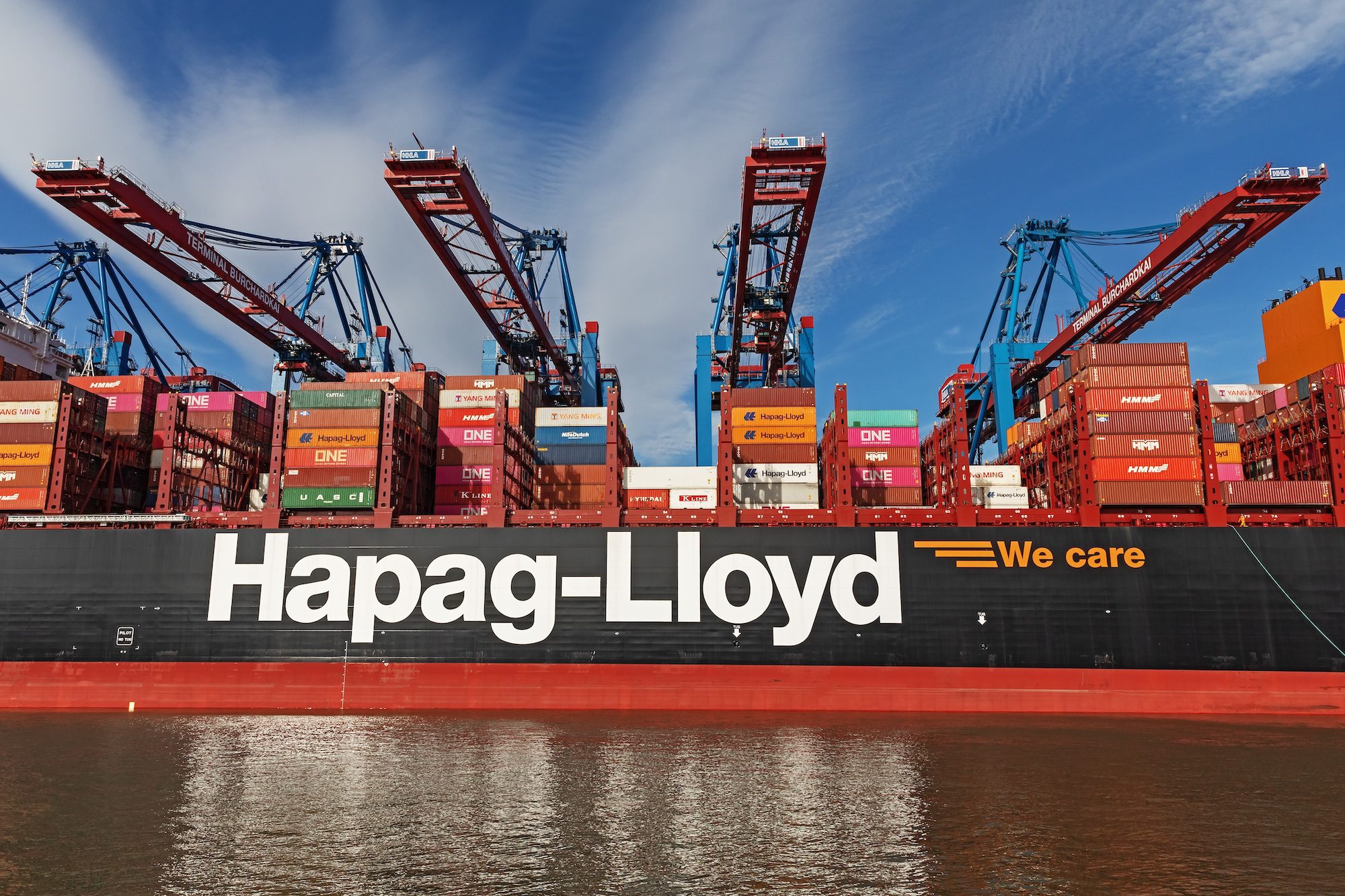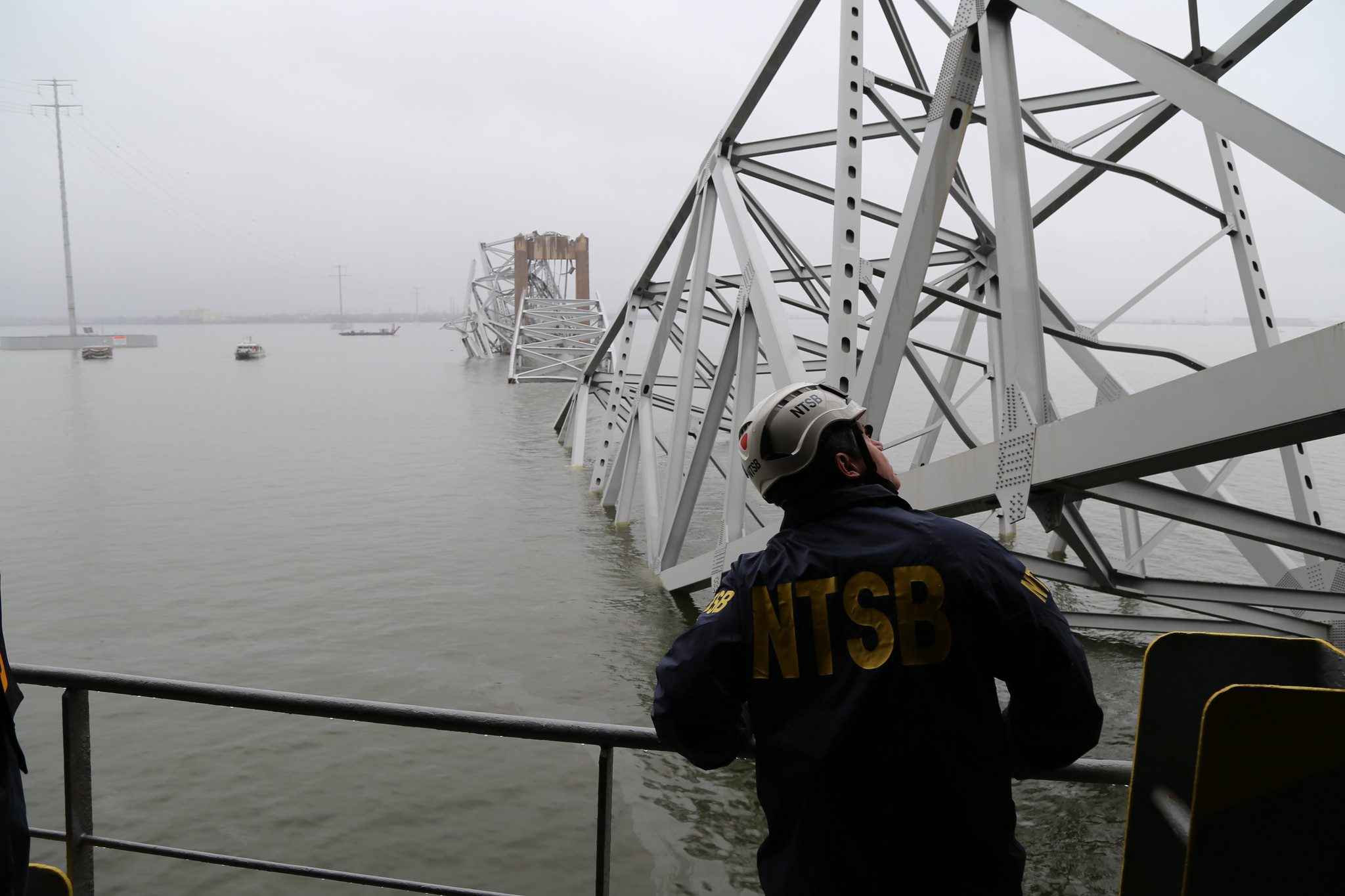Hapag-Lloyd has reported a solid financial performance for the first half of 2025, achieving a Group EBITDA of USD 1.9 billion despite ongoing challenges in global shipping markets. The German container shipping giant maintained stability in a period marked by frequent changes in US trade policies, congested ports, and continued security concerns in the Red Sea region.
The company’s Liner Shipping segment saw an 11% increase in transport volumes to 6.7 million TEU compared to the same period last year, with revenues reaching USD 10.4 billion. This growth was primarily driven by expansion in the East-West trades, while average freight rates remained relatively stable at 1,400 USD/TEU.
Hapag-Lloyd CEO Rolf Habben Jansen expressed satisfaction with the company’s performance amid challenging conditions: “In a volatile market, we significantly increased our transport volume and ended the first half of the year on a solid note overall. We have gotten our Gemini network off to a very successful start and are setting new standards in our industry in terms of schedule reliability.”
The Gemini Cooperation, launched in February in partnership with Maersk, has already achieved an impressive 90% schedule reliability in its first months of operation – a standout achievement in an industry where on-time performance has been problematic. The network covers major East-West trade routes, though the company notes that optimization efforts will continue through the second half of the year.
Meanwhile, Hapag-Lloyd’s Terminal & Infrastructure segment showed promising growth, with EBITDA rising to USD 79 million and EBIT to USD 37 million. The company expanded its terminal portfolio in March with the acquisition of a majority stake in CNMP LH in Le Havre, France, further strengthening its position in European port operations.
Looking ahead, Hapag-Lloyd has refined its earnings forecast for 2025, projecting Group EBITDA between USD 2.8 to 3.8 billion and Group EBIT between USD 0.25 to 1.25 billion. The company remains cautious, however, noting that “given the wide range of geopolitical challenges and volatile freight rates, the forecast remains subject to considerable uncertainty.”
“In the second half of the year, we will keep our focus on quality and growth as well as operational and commercial performance while continuing to optimize our cost structure,” said Habben Jansen. “At the same time, we will do everything in our power to help our customers navigate this volatile market environment, and we hope that more new trade agreements will make their supply chains more predictable.”

 Join The Club
Join The Club











